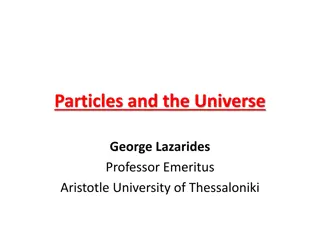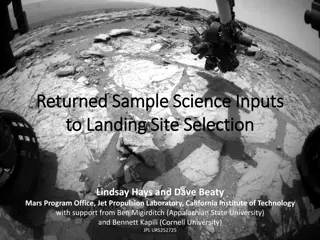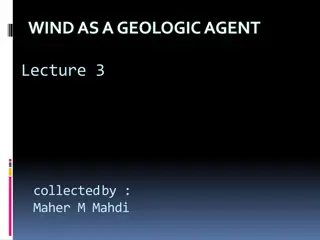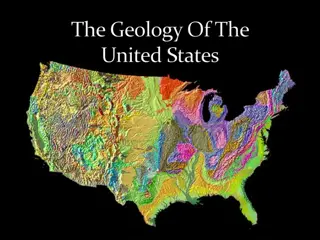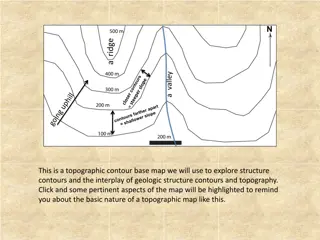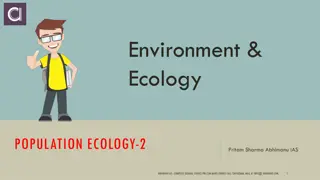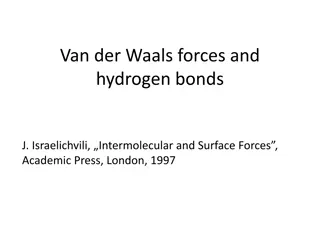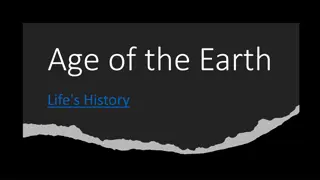Exploring Paleoecology: Interactions Across Geologic Time
Paleoecology studies the interactions between life and non-living factors in environments over millions of years. Scientists reconstruct ancient environments using paleontology, sedimentology, and chemistry. Foraminifera, single-celled organisms with calcium carbonate shells, are valuable index fossils for dating rocks and recording ancient seawater chemistry. They live in various ocean regions and play a crucial role in marine food chains.
Download Presentation

Please find below an Image/Link to download the presentation.
The content on the website is provided AS IS for your information and personal use only. It may not be sold, licensed, or shared on other websites without obtaining consent from the author. Download presentation by click this link. If you encounter any issues during the download, it is possible that the publisher has removed the file from their server.
E N D
Presentation Transcript
Paleoecology By: Audrey Parker, Jen Bauer, Maggie Limbeck
What is paleoecology? Ecology? Paleoecology is simply the study of interactions between biotic (life) and abiotic (non-living) factors in environments across geologic time. This varies from regular ecology as it incorporates much longer aspects of time (in some cases millions to tens of millions of years).
How do scientists reconstruct ancient environments? Scientists use a variety of tools to reconstruct ancient environments 1. Paleontology a. Looking at different animals (large and small) located in the same rock unit can help better understand community structure 2. Sedimentology a. Examining the rocks for clues to how they formed and what sort of environments those rocks usually occur in 3. Chemistry a. Using our known understanding of elements to see how they change in different rocks and interpreting what these differences mean
What are foraminifera? Foraminifera are single-celled organisms (protists) that build their shells (called tests) out of calcium carbonate. Foraminifera have an incredible fossil record persisting for the entire Phanerozoic (translates to visible life ), approximately 542 million years.
Why are foraminifera useful? Foraminifera are geographically widespread, specific species live for very restricted amounts of time, and are relatively easy to identify. This makes them incredibly valuable index fossils. Index fossils are used to help date specific types of rock. Foraminifera build their tests in equilibrium with the seawater. This means that their tests record ancient seawater chemistry! Scientists can use different elements to assess how seawater chemistry has changed through time by using the tests as data.
Where do foraminifera live? Foraminifera can live in a variety of places. Some are called planktic and they live floating in the water column. Others are called benthic meaning they live on or near the ocean floor. When identifying species of foraminifera, it is useful to be able to separate these types so you know *where* in the ocean you are!
Food chain Foraminifera are single-celled organisms and eat in a variety of ways. (1) Some farm algae inside their tests to eat (2) Dissolved organic molecules, bacteria, diatoms, other single-celled phytoplankton (3) Even small animals such as copepods Regardless, they are near the base of the food chain and are abundant enough to be an important aspect of the marine food chain. Their predators include marine snails, sand dollars, and small fish



